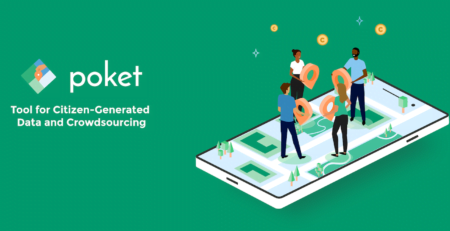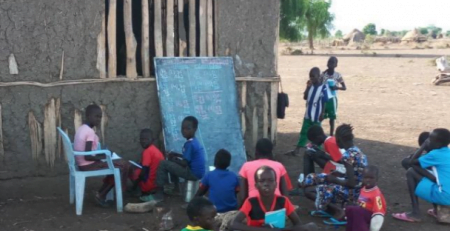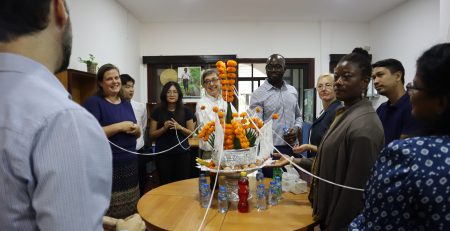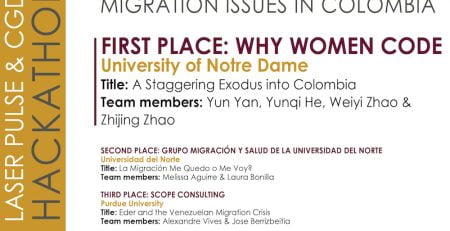Upcoming Opportunity: Grand Research Challenges for Development
In January 2021, LASER PULSE will issue a Request for Applications (RFA) entitled “Grand Research Challenges for Development” (GRCD) to fund research awards for collaboration between USAID activity (project) implementers and Higher Education Institution researchers in USAID interest countries to work on bottleneck development challenges. Key components for this upcoming RFA are:
- Linkage to an ongoing USAID activity: Applicants must link their application to an ongoing USAID-funded activity that would benefit from a new research component, or from a solution co-developed with a researcher, to better inform the current or future iterations of the on-going USAID activity in question.
- Technical sector: Technical sectors will not be specified and proposed work will stem from a systems framework analysis of existing USAID activities and outstanding questions that could benefit from additional research. Traditional global health research proposals will not be considered.
- Funding level: Up to 5 awards will be made, for a project duration of 12-15 months, with a maximum total budget of US $200,000 per award.
- Embedded Research Translation (ERT): Built into this RFA is the opportunity for local HEI researchers to benefit from exposure to the ERT concept by partnering with a USAID implementer. ERT is a core LASER objective for ensuring that research translation is embedded across all phases of a research project – from co-defining the research question to disseminating findings. LASER provides support and materials for research teams that engage in ERT.
LASER PULSE defines Embedded Research Translation as:
An iterative co-design process among academics, practitioners, and other stakeholders in which research is intentionally applied to a development challenge.
LASER’s ERT model is rooted in deep collaboration between researchers and translation partner(s), and follows an iterative process from discovery, to field-tested solution, to wider application, and finally to impact. Four key pillars define the approach: (1) an early and active partnership between researchers and translation partner(s), (2) a collaborative partnership process, (3) a targeted translation product, and (4) a dissemination plan with recommendations for replication and scale-up.










Leave a Reply
You must be logged in to post a comment.